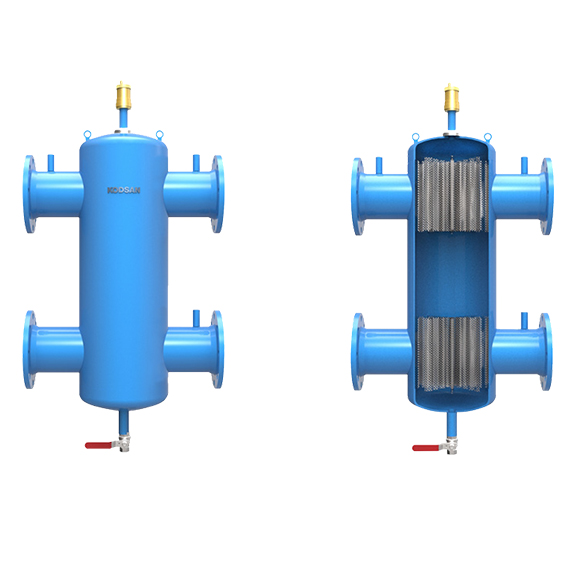
Boilers work with principle of transferring the energy taken from heat generators to water they contain. During this transfer, a variety of balancing occurs between P (pressure), T (temperature) and V (volume). The heating fluid side of the boiler may seem like and open system in general, however while drawing no water through the boiler; it has served as a closed system. In closed systems, heating fluid side of the tank safety valve of hydraulic engineering calculations are taken into consideration. The main boiler that heated the interior side of the safety valve and the hydraulic fluid state of balance tank to the elections in question.
Due to these reasons, in closed systems heat inputs increase the internal energy of water and thus the volume is increased due to the expansion of water. As a result of closed system, in a constant volume, the pressure increases. The boiler used water side (heated fluid) of this expanding water should be kept in a certain level and the evacuation of extend water becomes mandatory. Otherwise, the system pressure exceeds the limit that increases security risks and the system gets negative results.
For many years it is discussed that whether hydraulic balance tank for hot water production is a healthy system or not. The root of that discussion is about a bacterium called Legionella which could easily proliferate in plastic membranes. In conventional hydraulic balance tanks, there is only single input-draw mechanism so water circulation in the membrane could not be created and it is easier to get proliferation of the bacteria due to exposing low temperatures all the time. The healthy models should be selected from among hydraulic balance tank models. Since, the membrane material and water circulation in membrane are important issues for health environment.
For more detailed information about the hydraulic balance tanks, you can consult: www.kodsan.com.tr.
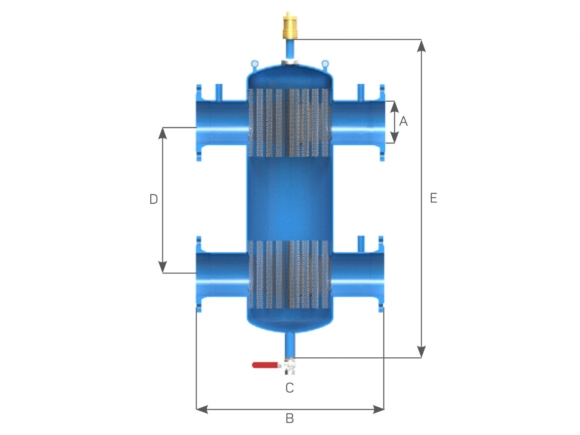
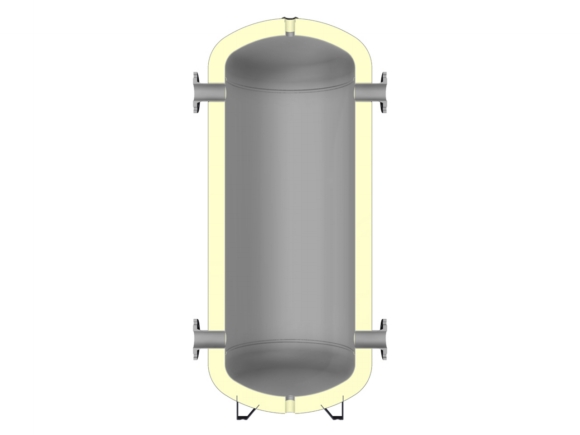
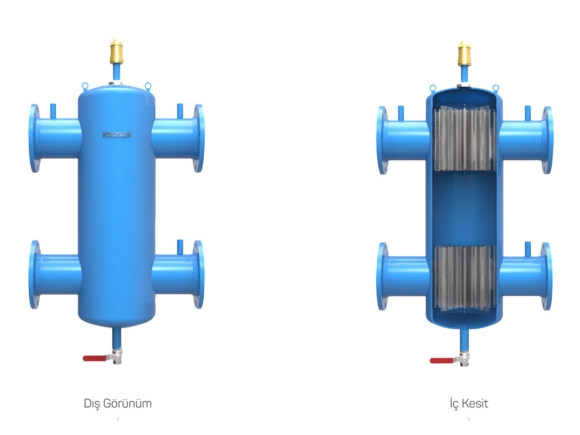

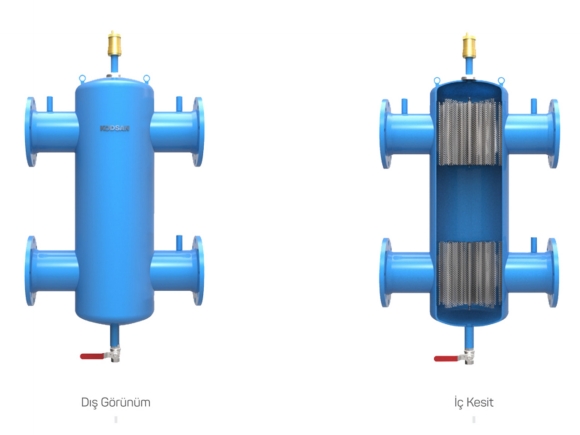
No question yet. Ask the first question ...